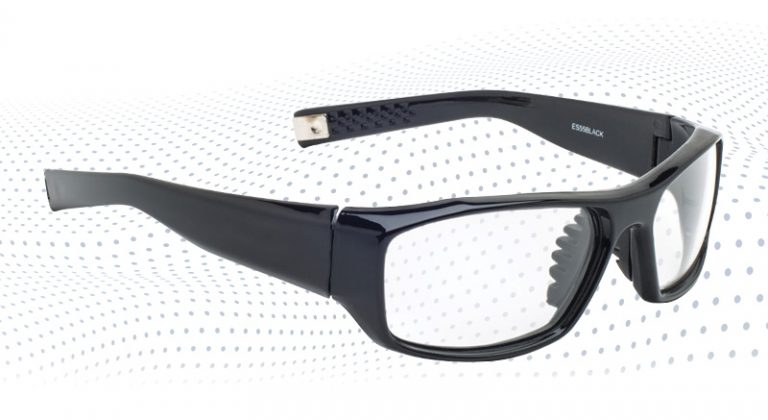Protective eyewear is more important than ever before. A new study reveals that physicians who perform fluoroscopy-guided interventional (FGI) procedures are exposed to occupational radiation at three times the rate experienced by their colleagues.
The study, recently published in the Journal of Vascular and Interventional Radiology, makes a compelling case for protective eyewear or leaded glasses to protect the eye health of medical staff from potential long-term effects. Those effects can include cataracts, cancers, and circulatory diseases.
New Study Makes a Strong Case for Protective Eyewear
Annual dose reports for the years 2009, 2012, and 2015 were evaluated in the study, which included 169 records from 77 physicians and 698 records from 455 non-physicians.
Up to 25% of physician doses might have exceeded 20 mSv annually. The current U.S. Standards for Protection Against Radiation recommends that the dose limit for eye lens should not exceed 150 mSv, but the International Commission on Radiological Protection (ICRP) and the National Council on Radiation Protection and Measurements (NCRPM) are both calling for the limit to be lowered to 50 mSv annually.
The study’s authors wrote in their conclusion: “The findings from this study highlight the importance of mitigating occupational dose to the eyes of medical staff, particularly physicians, performing or assisting with FGI procedures. Training on radiation protection principles, the use of personal protective equipment, and patient radiation dose management can all help ensure occupational radiation dose is adequately controlled.”
Complete Medical Australasia continues to monitor the latest studies to provide healthcare professionals with the eyewear protection they need.
According to the International Atomic Energy Agency (IAEA), the “use of leaded glasses alone reduced the lens dose rate by a factor of 5 to 10.”
View our non-prescription eyewear, prescription eyewear or face shield collection, which includes protective, durable, stylish, and comfortable eyewear. Features include side shields, sport wrap styles, rubberized temples, and much more. Selected eyewear can be customized with prescription lenses or ordered with non-prescription lenses.
Here are a few more resources:





